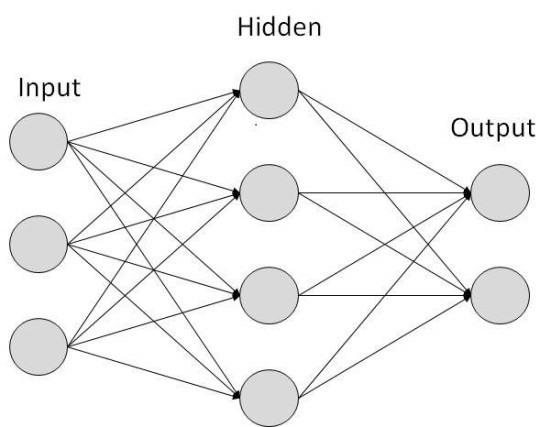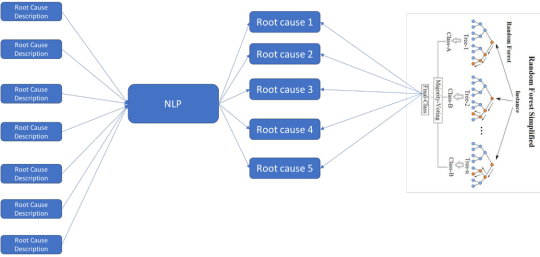Blog, 2018 Blogs
I recently attended the LogiPharma 2018 conference in the Penns Landing area of Philadelphia, Pennsylvania. While overlooking the Delaware river, 250+ Pharma Supply Chain Professionals gathered for a productive and interactive, educational show concentrating on various topics related to how positive the impact of the intelligent, digital supply chain is changing the industry, as well as some of the challenges that face organizations as they assess, develop, implement and deploy these technologies.
An overarching theme to several face-to-face meetings we had with supply chain professionals, prospects, partners and new faces, focused directly on the visibility of end-to-end supply chain, analytics, demand planning, inventory management and cold chain management, which especially resonated with the immunotherapy and clinical manufacturers. In the logistics space, IoT is clearly alive and well with intelligent GPS trackers able to read inventory of an entire warehouse, to devices with palette intelligent information, refrigerated scanning and inventory intelligence as well as virtual reality robots delivering packages, which was fun to try out.
The conference kicked off with Brad Pawlowski, Managing Director at Accenture who heads their supply chain practice. His opening remarks focused on the need for an intelligent model in order to successfully connect directly to the customer, creating a network of thousands upon thousands, in order to capture the information of each and every consumer that has a need in the marketplace. In a sea of multiple end-to-end supply chains, he asked the audience, what assets do you want to have? What visibility do you need to have? How do you implement this successfully? He advised that in order to effectively proceed into the future, organizations must become their own control towers, to become “liquid” organizations, in an effort to be as situational, responsive as possible, turning focus to a customer service-oriented model. He ended, by an impactful thought, that data is no longer a noun, it is a verb, and how we use that verb will determine our ability to stay competitive in a field which is changing and expanding rapidly.
The next two days of speakers, round tables, live polling, panels and networking events, dove into the concerns of minimizing risk, maximizing speed and efficiency, training and development of resources, strengthening collaboration, contingency planning, and technology assessment and use cases. Keynote speaker, Chris Mlynek from AbbVie boasted about their ability to get life-saving Parkinson’s and other medications directly to patients in Puerto Rico after Hurricane Maria in 2017. Seeing a video of the patient without his Parkinson’s medication left quite an impactful memory.
After attending LogiPharma 2018, I am more convinced than ever, that a critical success factor for the future of the Pharmaceutical industry lies in the establishment of a digital supply chain. How can we help you with yours?
About the Author:
Amber Stanton is the Senior Director- Business Development at Relevance Lab. She is responsible for the new business growth of the organization in the US region and maintains C-level relationship with key industry executive. Amber has more than 25 years of industry experience in business development, marketing and account management across various industry verticals such as publishing, financial, healthcare, business intelligence and education.
#SupplyChainManagement #Analytics #MachineLearning #BigData


